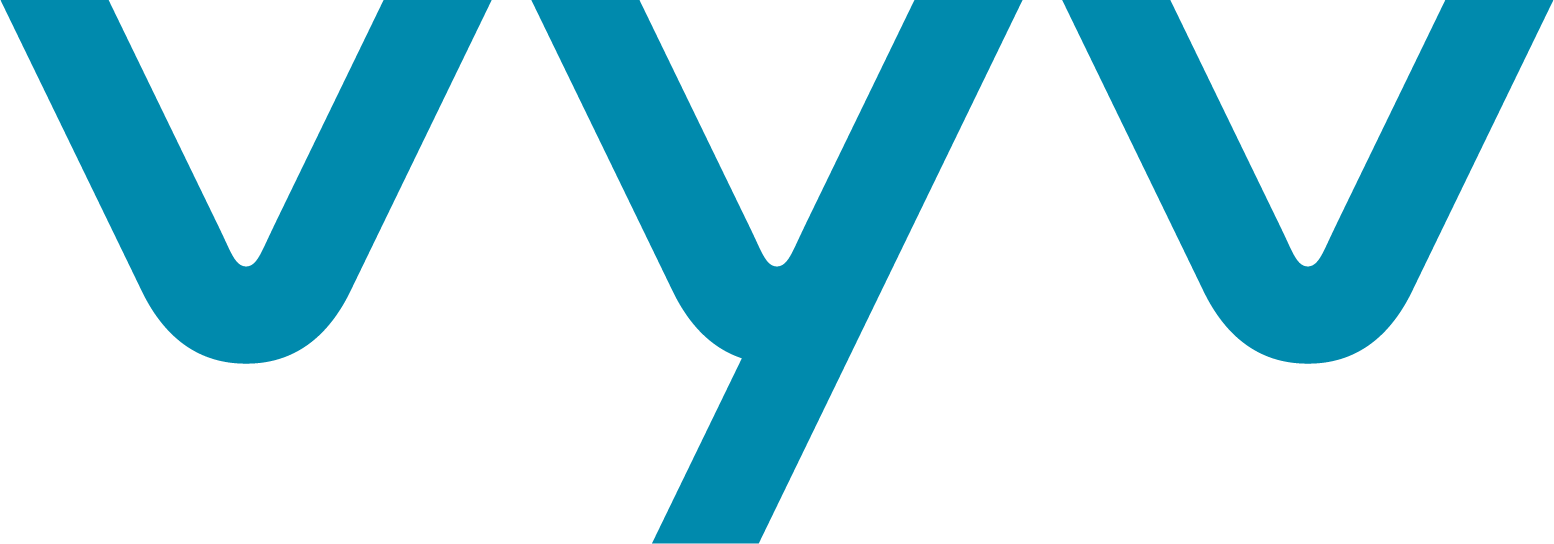Every application includes detailed engineering analysis and planning since antimicrobial lighting can now be delivered in so many ways.
Prototyping
Every application has its own unique environmental constraints. Because of this, a comprehensive assessment is performed to determine:
- The empirical measurement of how the light is to be deployed
- The light’s placement in space, whether as an overhead fixture, part of a process or inside a product
- A simulation of the lighting to meet rigid environmental and cleaning requirements, both in efficacy and time
- The ability to ensure no negative impact on materials or componentry
Electrical Engineering
This phase results in an intensive assessment and recommendation for both illumination and controls requirements including:
- How the system needs to operate
- The intensity (lux level) of the lighting required
- What mode (white or violet) the lighting needs to be in, when and for how long
- Identifying when the lights should be on or off
- Determining the microbial load (surface bioburden) to be eliminated
- Activity and usage within a specific room or environment
- Automated feedback loop for lighting to properly respond to the optimal microbial protection and occupancy changes
Mechanical Engineering
Because of the broad applicability of antimicrobial light technology, the highest degree of flexibility is critical for designing new solutions while minimizing disruptions and time-to-market including:
- Designing and modifying within the constraints of existing form factors or applications
- Customization of circuit boards and controls for unique environments, such as mechanical fit, thermal designs and electrical power budgets
Material Science Engineering
The goal is always to deliver the highest level of prevention and protection with little or no impact on the surrounding environment. Expertise is required to ensure every element is working with precision throughout a system or within a single product. This includes:
- Evaluation of plastic lenses
- Compatibility testing of existing lenses
- Ensuring that the disinfecting light wavelength is radiating optimally
- Recommendations on making changes to existing materials
- Advice and assistance working with supply chains
- Collaborative planning and support bringing products to market
Let’s be in touch.
If we can answer any questions or you’d like to brainstorm ideas about how you can apply antimicrobial LED light, please say hi to Vyv.

